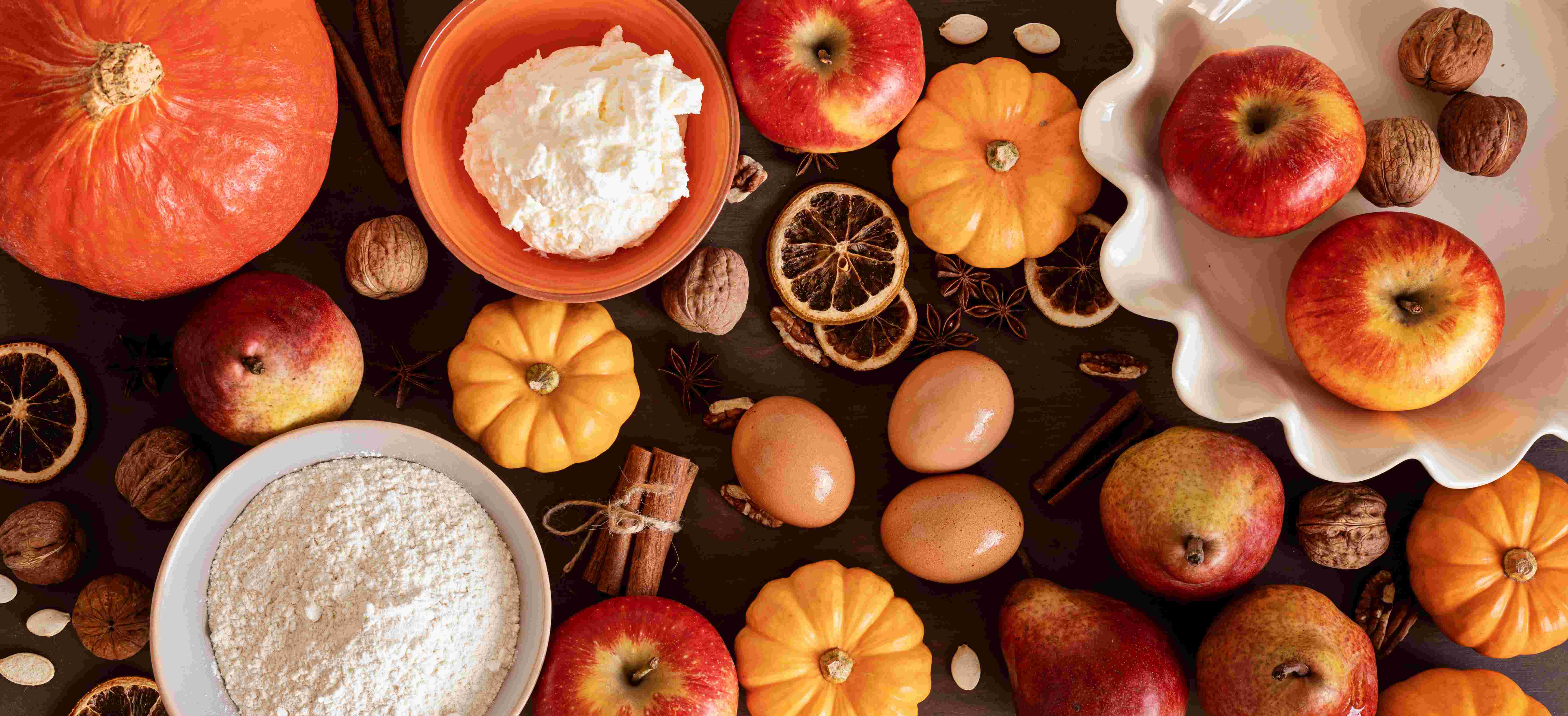A guide to making seasonal food part of daily life through discovery, cooking, and traditions that connect children to nature.
Have you noticed how the table looks a little different these days? The apples are crisper, the squash is showing up in more dishes, and somehow everything tastes better with a hint of cinnamon. Seasonal food has a way of quietly shifting our routines. For families, it’s an opportunity to talk with children about where food comes from, why it changes throughout the year, and how it shapes the meals we share at home.
Teaching children about seasonal food is showing them how food connects to the land, to traditions, and even to the choices we make every day. Seasonal eating helps children understand the rhythm of nature, the value of patience, and the joy of tasting food when it’s at its very best.
This guide breaks the idea into clear steps, making it simple to explore seasonal food as a family.
Step 1: What Seasonal Food Means
Seasonal food is simply food that grows and ripens at its natural time of year. During autumn, we see a lot of apples, pumpkins, squash, and carrots. It’s nature’s way of offering variety throughout the year with different foods taking turns to shine. Explaining it this way helps children see that food has its own cycle. Some foods love sunshine, some prefer cooler days, and each one has a special season where it tastes its very best.
Step 2: Turn Learning Into Discovery
Children learn best when they can see, touch, and taste. Instead of explaining seasonality in abstract terms, let them discover it through small activities:
- Taste tests: Pick three types of apples and have a mini tasting at home. Which is sweetest, tartest, or crunchiest? Create a simple chart or drawing to record the results.
- Spot the season: At the market, ask children to notice what appears in abundance, like big stacks of pumpkins, crates of apples, or baskets of squash. These visual cues show what’s “in season.”
- Compare labels: Look at strawberries grown far away versus apples from nearby. Discuss how distance affects freshness.
Step 3: Make Seasonal Food Fun in the Kitchen
Cooking together is one of the easiest ways to help children connect with food. Even small tasks build curiosity and pride.
Try these ideas:
- Apple nachos: Slice apples into rounds, drizzle with nut or seed butter, and sprinkle with granola or raisins.
- Squash soup helpers: Invite children to help scoop seeds, stir the pot, or sprinkle spices.
- Colour plates: Choose a seasonal colour theme like orange with sweet potatoes, carrots, and cheddar cubes, or green with apples, kale, and cucumbers.
These playful touches turn seasonal eating into a hands-on learning moment.
Step 4: Connect Food to Stories and Science
Food naturally opens the door to both storytelling and science:
- Seed cycles: Scoop seeds from a pumpkin. Roast some for snacking, and save others to plant in spring. This demonstrates the circle of growth.
- Parts of plants: Sort seasonal foods into roots (carrots, beets), leaves (kale, spinach), or fruits (apples, squash). It’s a simple way to show how different plant parts become food.
- Cultural stories: Share traditions linked to certain foods, like apple-picking trips or pumpkin carving, and explain how these connect to the season.
Step 5: Build Seasonal Food Into Routines
One-time activities are fun, but routines help the lessons stay with children. Make seasonal food a part of everyday life in these simple ways:
- Ingredient of the week: Choose one fruit or vegetable to explore and try it in different forms like raw, cooked, sweet, or savoury.
- Seasonal journals: Keep a notebook where children record foods they tried and what they thought, add stickers, drawings, or photos.
- Family traditions: Create yearly rituals like apple tasting afternoons, squash soup nights, or baking with pears. These memories tie food to family connection.
Final Thoughts
Seasonal food can be more than just what’s fresh right now. It’s an ongoing guide to taste, learning, and connection. By encouraging it into daily routines, whether through tasting, shopping, cooking, or simple traditions, families can show children how food follows the cycle of the seasons.
Educating children about seasonal food helps them build patience, an appreciation for nature, and a reminder that food has a story. And those stories, told around the table, stay with children long after the season changes.
Stay in the know and check us out on social media! Follow BrightPath on Facebook and Instagram for a variety of fun activities and daily inspiration.







